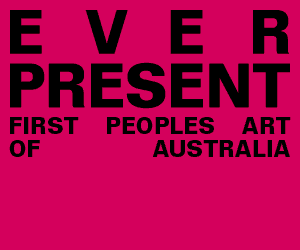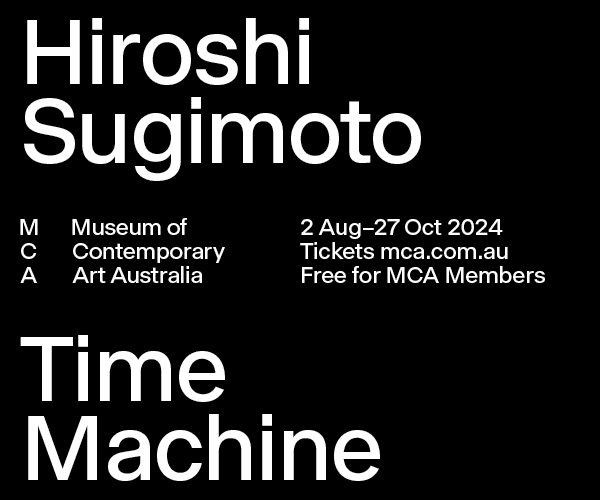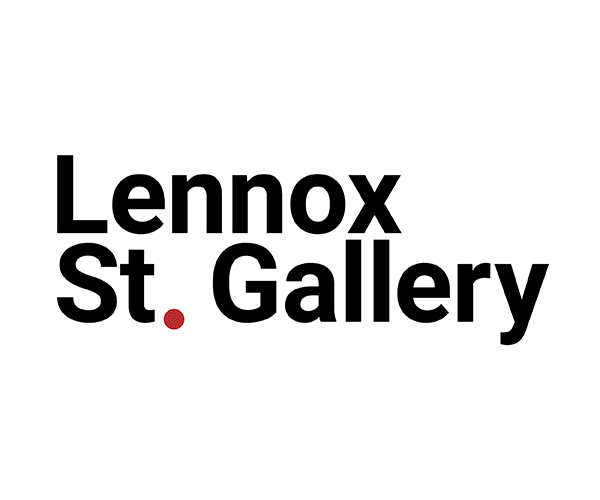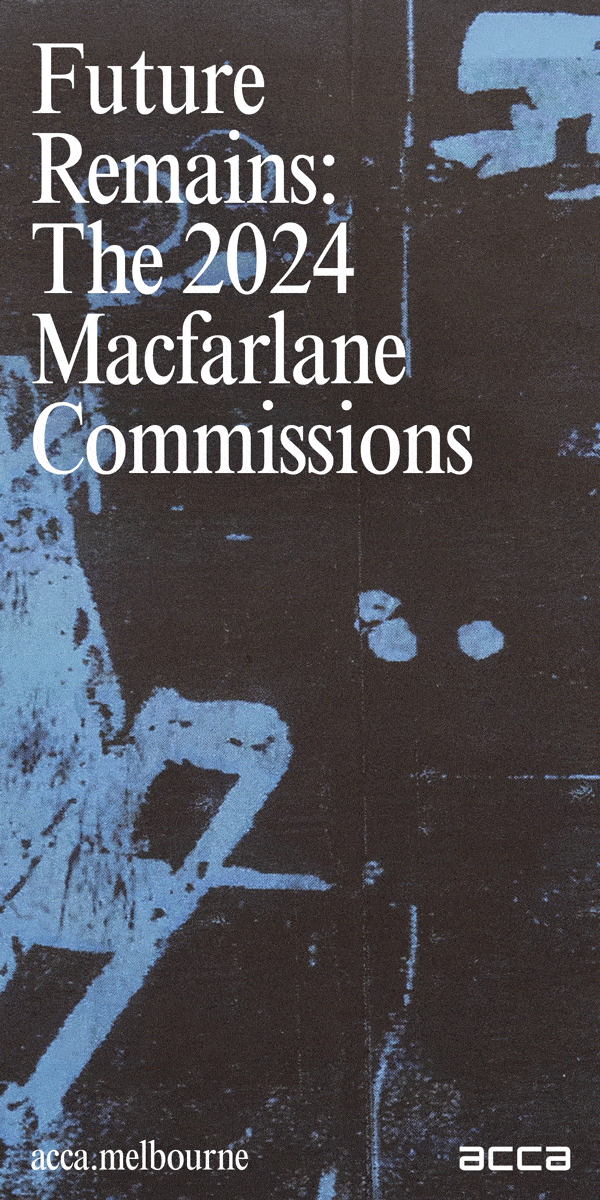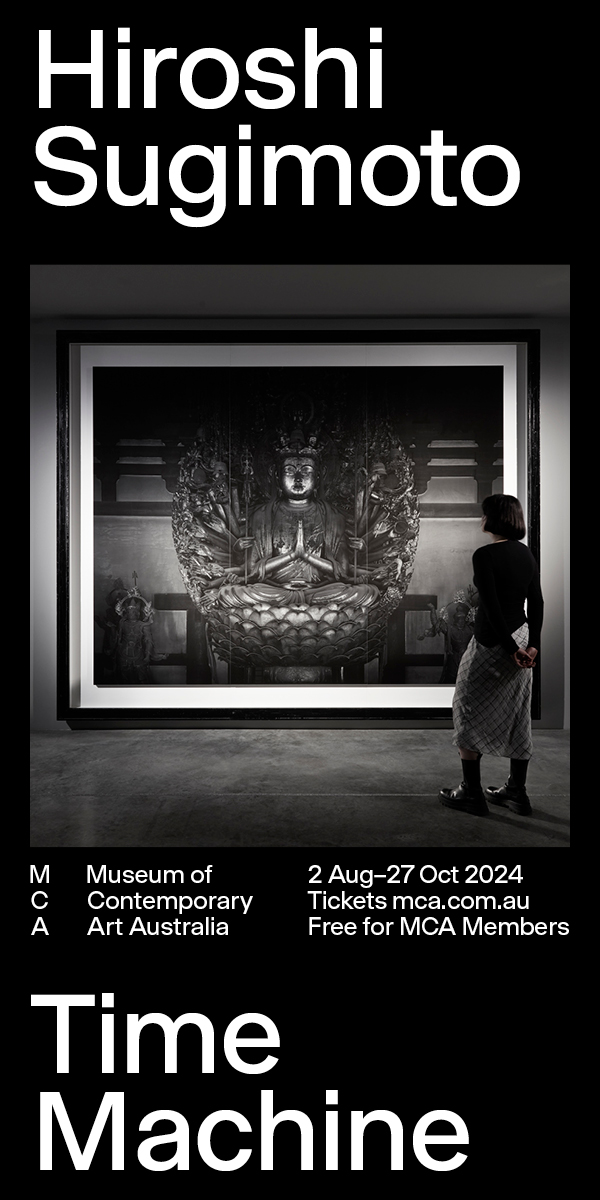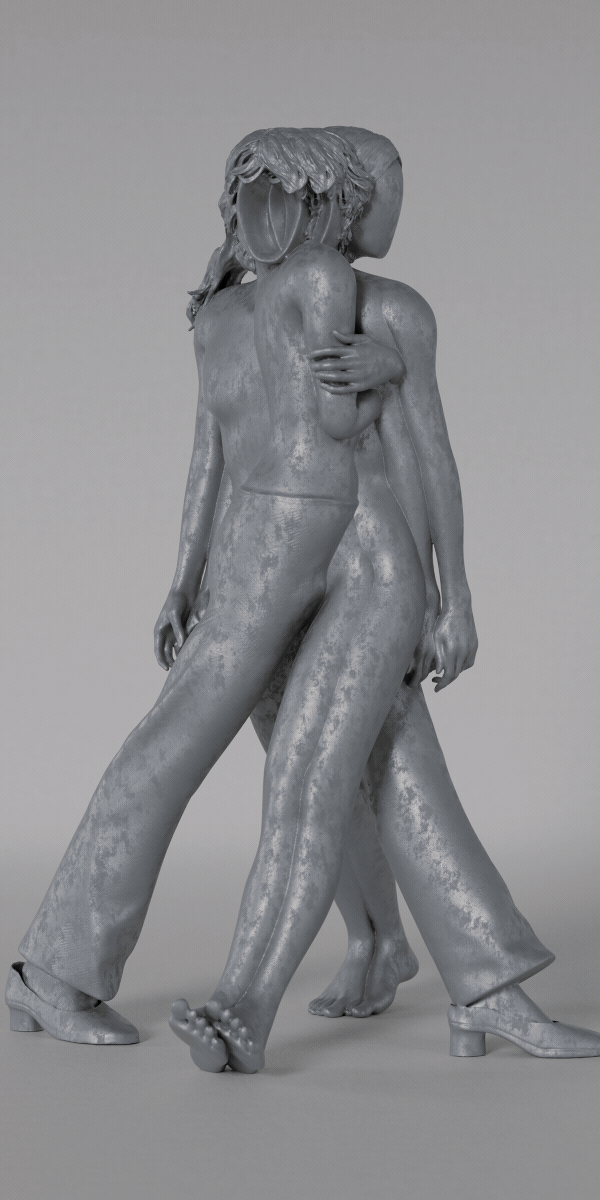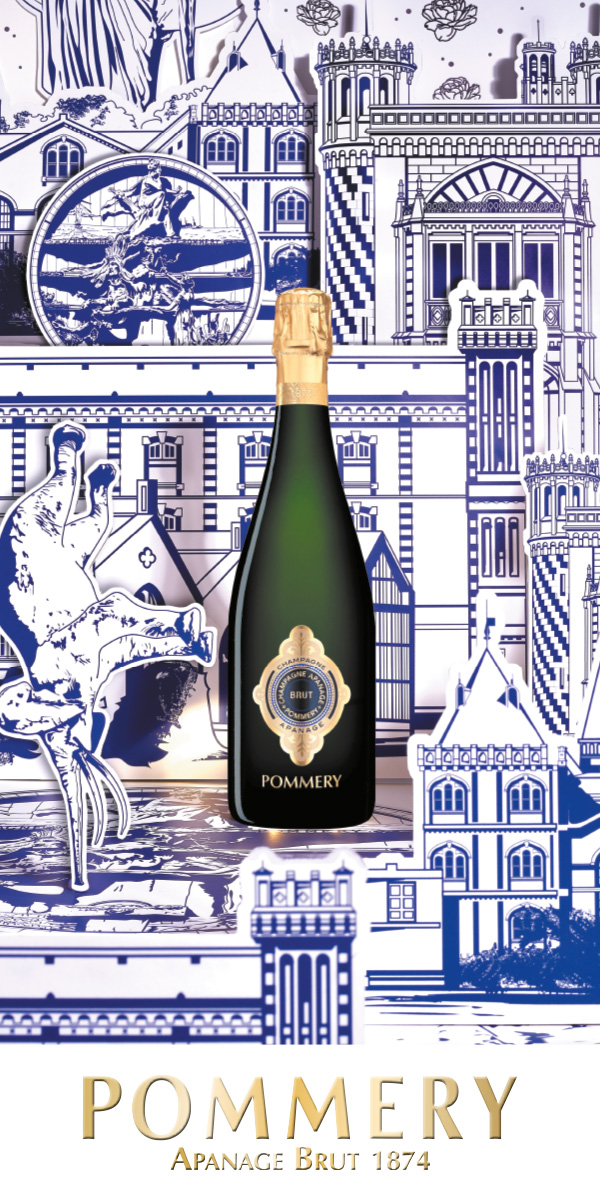Forecast: Samara Adamson-Pinczewski
Samara Adamson-Pinczewski has long been creatively inspired by her surroundings. She sees bustling urban environments through the eyes of Geometric Abstraction, transforming architectural grandeur and dizzying overwhelm into bright paintings and sculptures. Colourful shapes clash and pulsate across the surfaces of these playful works, emulating the buzz of contemporary life. Adamson-Pinczewski’s signature metallic, reflective surfaces reference the glass windows of office buildings, as well as a childhood surrounded by shiny metal brought home from her grandfather’s scrap metal yard.
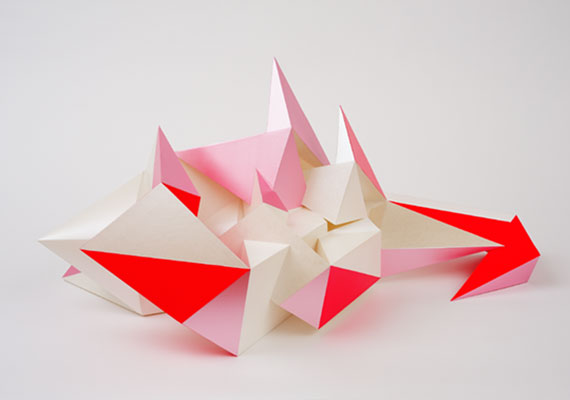
Image credit: Samara Adamson-Pinczewski, Around the Corner 10, 2021 acrylic and iridescent acrylic with UV gloss on ABS resin (SLA) 52.8 x 71.7 x 35.8 cm. Courtesy Charles Nodrum Gallery
Why does Geometric Abstraction appeal to you?
Over a hundred years ago artists like Kazimir Malevich and Piet Mondrian were very much inspired by the contemporary technologies of their time, including air travel, motor cars and the built environment. Malevich used to make sculptural architectons [three dimensional architectural models]. For me, Geometric Abstraction also relates to everyday life and lived experiences. Contemporary cities and buildings are an endless source of inspiration for my practice. My work is about navigating urban space. It’s about observing new geometries and architectural materials and finishes.
Tell me more about the influence of urban environments on your practice?
I might be inspired by hi-vis work wear and scaffolding on building sites, or the latest developments in reflective glass technologies that shimmer, shine and shift in relation to the time of day and weather conditions. I often take photos of cityscapes as source material. My works record and distort architectural sightlines, viewing the world from many different angles. Spatial ambiguity, dynamism and tension are investigated to draw out a perceptual and bodily reaction from the viewer.
Why is the relationship with the viewer so important in your work?
My works are for contemplation and meditation. I aim to distill that forever shifting, overstimulation of the city into a particular movement or feeling. But I don’t want people to feel completely disorientated – I want them to enjoy the experience. My practice is about being in the world, making observations, being sensitive to what is around you and drawing from those energies. My works are about the body in space. To me, the viewer is incredibly important, and the works are unfinished without them. I try to make highly engaging, immersive and interactive paintings and sculptures. Art is about eliciting a perceptual and physiological reaction from audiences – I want the viewer to become immersed in the work, to become part of it. I use scale, format, oblique angles, fragmented forms, high-key colours and reflective surface textures as strategies to encourage the viewer to move around the works. I can’t control how they will react, but the works function as visual prompts.
Tell me more about your making process.
For me, art making is a slow process. I do a lot of preliminary research and planning for my work; I make multiple versions. I mix my own paint colours and that really takes a lot of time. I paint with many layers. It is actually very therapeutic and calming when there is so much going on in the world. The sculptural process is slow as well. I first make structures out of cardboard and paint them, then refine the forms with computer-aided design (CAD) before 3D printing them. Once I get the sculptures back, I sand and paint them by hand, giving each one a tactile, handmade quality. I spend a lot of time with the works, whether that be literally walking around the sculptures or turning them in my hands. This allows me to see how the various viewpoints are going to relate, if there is a harmony or if there is an imbalance, allowing me to find ways to bring it all together to enhance the experience for the viewer.
Colour experimentation is also a big part of your process …
I am always experimenting with colour. I do a lot of colour studies and keep a colour diary. I am forever curious to see what happens when different colours and ratios are mixed together. The colour possibilities and variations are endless. Sometimes I strain my paints, at other times I might favour grittier paint qualities and add fine or coarse marble dust to create surface effects and textures.
You have recently been exploring the spatial potential of your practice through sculpture – how do you see your work continuing to evolve in the coming years?
Since 2019, I have been making small-scale, hand-painted 3D-printed resin sculptures. These works are quite different from the paintings because they are in the physical space and the viewer can engage with them in a very different way. In the future, I want to expand the scale of my current sculpture practice. The larger scale will allow the work to physically do on a human scale what I seek to evoke with my current smaller works. It would become ‘architecture’ itself, confronting and engulfing the viewer, who can engage with it on a bodily level.
Something else I really want to explore in the future is creating suspended, kinetic works. You can actually make quite lightweight 3D resin pieces now, and there are always new possibilities. That is the exciting part of being an artist. You just never know what you are going to come up with next.
Samara Adamson-Pinczewski: Shifting Structures is showing at Charles Nodrum Gallery, Melbourne from May 27 to June 17, 2023.
Samara Adamson-Pinczewski is represented by Charles Nodrum Gallery, Melbourne.
charlesnodrumgallery.com.au
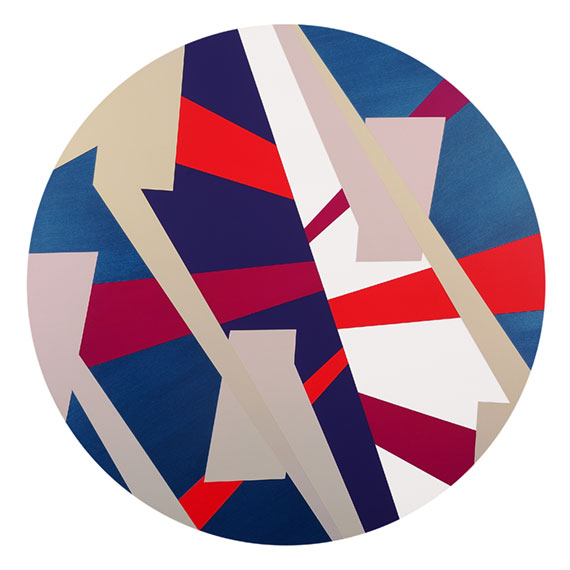
Image credit: Samara Adamson-Pinczewski, Rotation 1, 2022, Acrylic, iridescent acrylic and fluorescent acrylic with UVLS, Diameter 90cm, unfixed orientation. Courtesy of Charles Nodrum Gallery
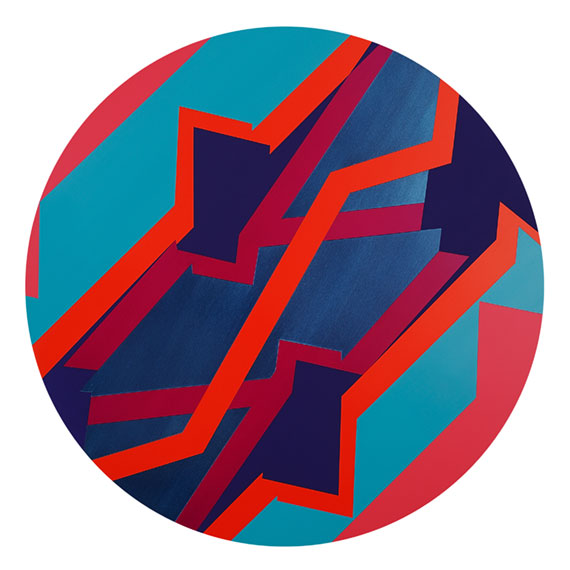
Image credit: Samara Adamson-Pinczewski, Rotation 2, 2022, Acrylic and iridescent acrylic Diameter 90cm, unfixed orientation. Courtesy of Charles Nodrum Gallery
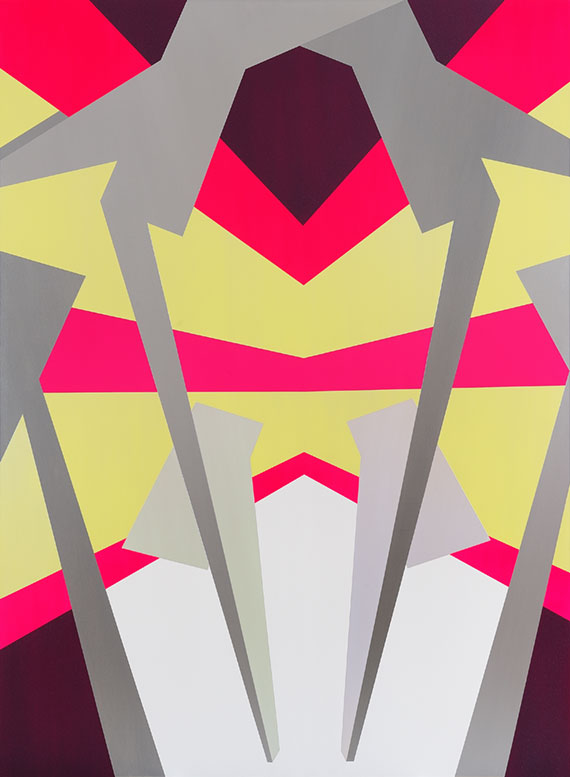
Image credit: Samara Adamson-Pinczewski, Shifting Structures 1, 2022-2023, Acrylic, iridescent acrylic and fluorescent acrylic with UVLS on canvas, 183x 137cm, unfixed orientation. Courtesy of Charles Nodrum Gallery
This article was originally published in VAULT Magazine Issue 42 (May – Jul).
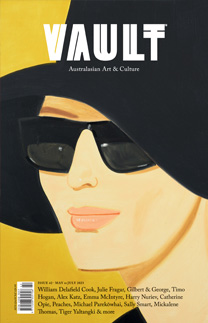
Click here to Subscribe





